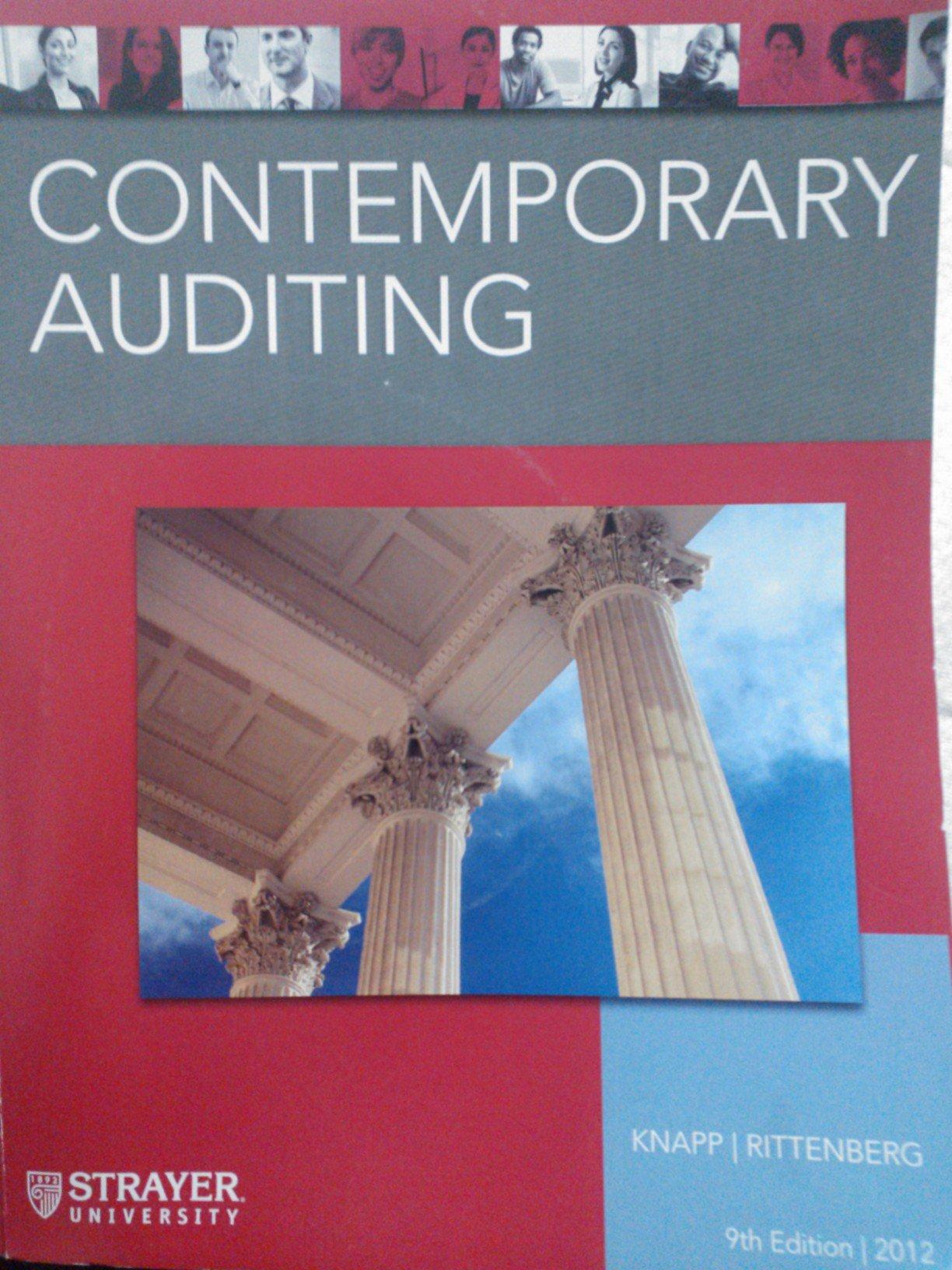Answered step by step
Verified Expert Solution
Question
1 Approved Answer
Beginning inventory, purchases and sales data for hammers are as follows: Mar3 Inventory 12 Units @ $15 11 Purchase 13 Units @ $17 14 Sale
Beginning inventory, purchases and sales data for hammers are as follows:
| Mar3 | Inventory | 12 Units | @ | $15 |
| 11 | Purchase | 13 Units | @ | $17 |
| 14 | Sale | 18 Units | ||
| 21 | Purchase | 9 Units | @ | $20 |
| 25 | Sale | 10 Units |
Assuming the business maintains a perpetual inventory system, complete the inventory cards and calculate the cost of merchandise sold and ending inventory under the following assumptions:
a. FIFO
| Purchases | Cost of Merchandise Sold | Inventory | |||||||
| Date | Qty | Unit Cost | Total Cost | Qty | Unit Cost | Total Cost | Qty | Unit Cost | Total Cost |
| Mar 3 | |||||||||
| Mar 11 | |||||||||
| Mar 14 | |||||||||
| Mar 21 | |||||||||
| Mar 25 | |||||||||
| Balances |
b. LIFO
| Purchases | Cost of Merchandise Sold | Inventory | |||||||
| Date | Qty | Unit Cost | Total Cost | Qty | Unit Cost | Total Cost | Qty | Unit Cost | Total Cost |
| Mar 3 | |||||||||
| Mar11 | |||||||||
| Mar14 | |||||||||
| Mar21 | |||||||||
| Mar25 | |||||||||
| Balances |
Step by Step Solution
There are 3 Steps involved in it
Step: 1

Get Instant Access to Expert-Tailored Solutions
See step-by-step solutions with expert insights and AI powered tools for academic success
Step: 2

Step: 3

Ace Your Homework with AI
Get the answers you need in no time with our AI-driven, step-by-step assistance
Get Started


